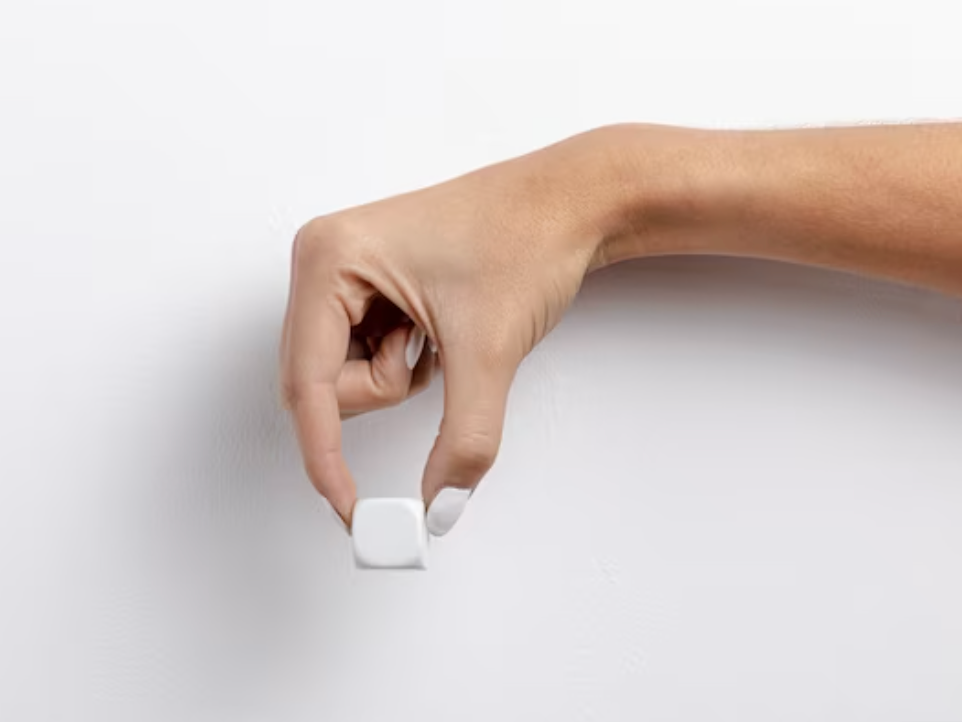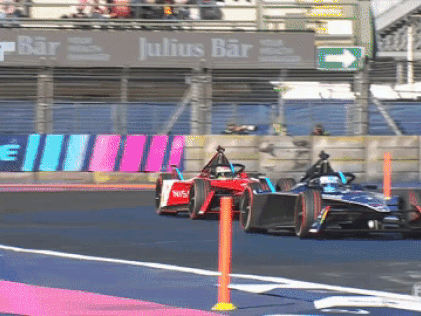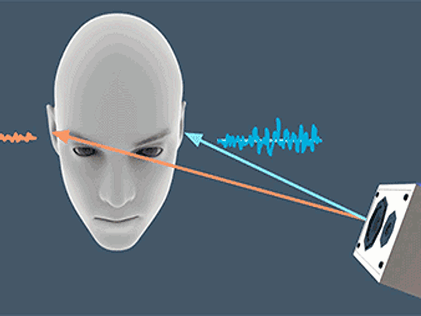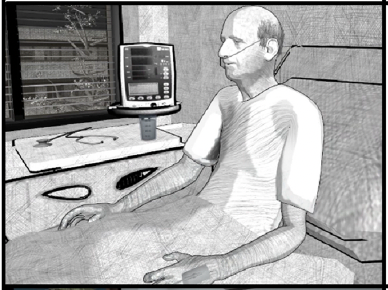
All Pencil Shaded (APS)
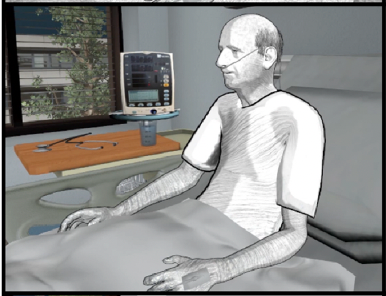
Pencil Shaded (PS)

All Cartoon Shaded (ACT)
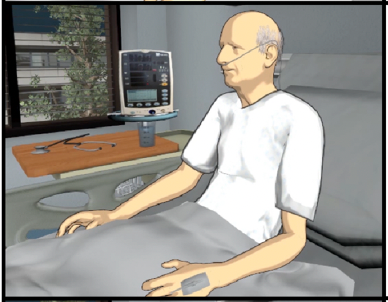
Cartoon Shaded (CT)
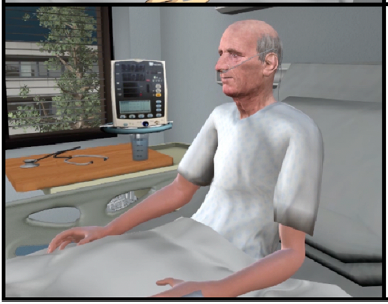
Human-Like (HL)
GOAL: Investigate the relationship between different rendering styles of virtual humans and visual attention of users
Description: Using Pathway modeling, an empirical evaluation was conducted between visual attention to virtual humans in an appearance fidelity continuum
Description: Using Pathway modeling, an empirical evaluation was conducted between visual attention to virtual humans in an appearance fidelity continuum
Abstract:
In this contribution we studied how different rendering styles of a virtual human impacted users’ visual attention in an interactive medical training simulator. In a mixed design experiment, 78 participants interacted with a virtual human representing a sample from the non-photorealistic (NPR) to the photorealistic (PR) rendering continuity. We presented five rendering style samples scenarios, namely All Pencil Shaded (APS), Pencil Shaded (PS), All Cartoon Shaded (ACT), Cartoon Shaded (CT), and Human-Like (HL), and compared how visual attention differed between groups of users. For this study, we employed an eye tracking system for collecting and analyzing users’ gaze during interaction with the virtual human in a failure to rescue medical training simulation. Results shows that users spent more total time in the APS and ACT conditions but users visually attended more to virtual humans in the PS, CT and HL appearance conditions.
In this contribution we studied how different rendering styles of a virtual human impacted users’ visual attention in an interactive medical training simulator. In a mixed design experiment, 78 participants interacted with a virtual human representing a sample from the non-photorealistic (NPR) to the photorealistic (PR) rendering continuity. We presented five rendering style samples scenarios, namely All Pencil Shaded (APS), Pencil Shaded (PS), All Cartoon Shaded (ACT), Cartoon Shaded (CT), and Human-Like (HL), and compared how visual attention differed between groups of users. For this study, we employed an eye tracking system for collecting and analyzing users’ gaze during interaction with the virtual human in a failure to rescue medical training simulation. Results shows that users spent more total time in the APS and ACT conditions but users visually attended more to virtual humans in the PS, CT and HL appearance conditions.



